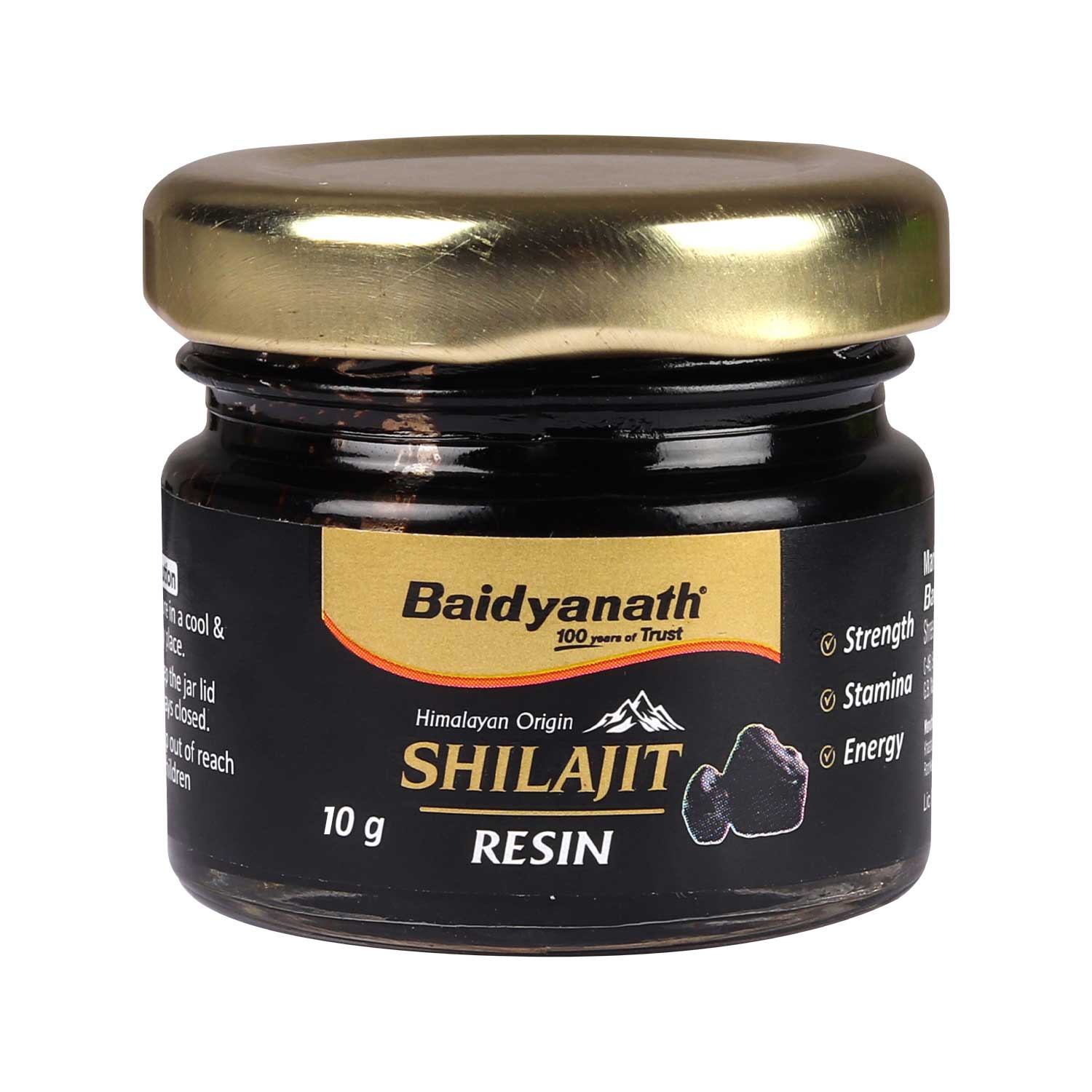How Nutritious Are Moong Sprouts? Protein & Calorie Breakdown Per 100g

Many people in India who practice orthodox lifestyles like Sattvic diet, which involves taking vegetarian or plant-based meals prefer eating sprouted mung or kalachana (mung bean sprouts). Such sprouts are brittle on biting and yummy, making them not a heavy dish for the tummy but also very rich in nutrients. A sprouted moong which can be used to cook a filling breakfast, a protein-packed bowl, or snacks at breaks or in the evening without gaining unnecessary calories.
But how nutritious are moong sprouts? In this blog, we dive deep into the protein in moong sprouts per 100g, their calorie profile, and the overall sprouted moong nutritional value per 100g to help you understand why they deserve a spot in your everyday meals.
Sprouted Moong Nutritional Value Per 100g
When green gram beans are soaked and sprouted for 24 hours to 48 hours, causal transformation in their nutrient potential is observed in most cases and for the better. Here's an approximate breakdown of the nutritional value of sprouted moong per 100g (raw):
Mung beans, mature seeds, sprouted, raw (per 100g)
Here are the approximate values:
|
Nutrient |
Amount (per 100g) |
|
Calories |
30 kcal |
|
Protein |
3.0 g |
|
Carbohydrates |
6.2 g |
|
Dietary Fiber |
1.8 g |
|
Sugars |
4.1 g |
|
Total Fat |
0.2 g |
|
Vitamin C |
13.2 mg |
|
Folate |
61 µg |
|
Iron |
0.9 mg |
|
Magnesium |
21 mg |
|
Potassium |
149 mg |
|
Calcium |
13 mg |
|
Water content |
~90% |
Source: USDA FoodData Central — FDC ID: 168866, https://fdc.nal.usda.gov/food-details/168866/nutrients
These values can vary slightly depending on how long the beans have been sprouted and whether they’re consumed raw or cooked.
Protein in Moong Sprouts Per 100g
One of the key contributions of moong sprouts is the fact that they serve as an excellent source of vegetarian protein. This is due to the reason that moong sprouts have about 3 or 4 grams of protein in 100 grams on average.
While it is true that moong sprouts are not rich in all essential amino acids and may not be called a food with complete protein value, they, when paired with those containing all amino acids like the high fibre ones, may make up a full protein-rich meal. Sprouting improves the availability of the nutrients and minimizes substances such as phytic acid which destroys proteins.
This makes moong sprouts a smart choice for individuals who are looking to:
-
- Support muscle maintenance or growth
-
- Helps feel full during meals
-
- Add variety to their protein sources, especially on a vegetarian or vegan diet
Calorie Breakdown of Moong Sprouts
Eating moong sprouts and healthy calories go hand in hand, as you will be able to have only a fraction of what more contains. A hundred grams of the sprouts contain just 30 to 45 kcal. In the calories score of moong sprouts, mostly plant sugars are present, expected to be 6-8 grams/100g, allowing for protein contents and very little lipid present. Although one can skip many foods and still feel full, including sprouts in one’s daily diet will not give the feeling of starvation even if the meal is of lesser calories. That’s why they are traditionally considered an excellent alternative to animal protein.
Moong sprouts are helpful in below-mentioned cases:
-
- Low-calorie or weight-management diets
-
- People aiming to improve portion control
-
- Light, detox-style meals
The low-calorie nature of moong sprouts also supports their traditional use in Ayurvedic cleansing diets or fasting meals.
Micronutrients in Moong Sprouts
Apart from protein and calories, sprouted moong offers a variety of micronutrients, including:
-
- Vitamin C: Enhanced during sprouting, helps support skin health and immunity.
-
- Folate: Crucial for DNA synthesis and ideal for women of childbearing age.
-
- Iron: Important for maintaining energy levels and red blood cell production.
-
- Magnesium & Potassium: Support heart health, muscle function, and electrolyte balance.
These nutrients often increase after sprouting, making moong sprouts more nutrient-dense than their unsprouted counterparts.
Health-Friendly Features of Moong Sprouts
While individual results may vary, traditionally sprouted moong is known for being:
-
- Easier to digest: Sprouting reduces anti-nutritional factors, like phytic acid, making nutrients more bioavailable.
-
- Rich in enzymes: The live nature of sprouts supports metabolic activity.
-
- Naturally hydrating: With nearly 90% water content, sprouts can help maintain hydration.
Sprouts are often preferred in Ayurvedic diets for their lightness (laghu guna), and their cooling effect is said to balance the Pitta dosha when eaten raw with lemon, salt, or ghee.
How to Use Moong Sprouts in Everyday Meals
Moong sprouts can be included in your daily meals in many easy, nutritious ways:
-
- Sprout salad: Add cucumber, tomatoes, and lemon juice for a refreshing snack.
-
- Stuffed parathas or chillas: Mix sprouts with spices and use as filling.
-
- Upma, Poha, or Rice: Stir sprouts into your regular dishes for a protein upgrade.
-
- Soups or broth: Add lightly steamed sprouts to clear soups or khichdi.
-
- Sprout curry: Sauté with onion, tomato, and mild spices for a hearty side.
Tip: If you’re new to sprouts, you may prefer lightly steaming them for better digestion.
Final Thoughts
The protein in the moong sprouts, in addition to the power of 100g, can be eaten safely and is an excellent choice for all health-conscious individuals. This is why health-conscious people like including it in their diets. No matter in which form, fresh, boiled, or in some recipe mix, consuming 100g of sprouted mung beans will be beneficial to the nutrition of your day.
No comments











0 comments